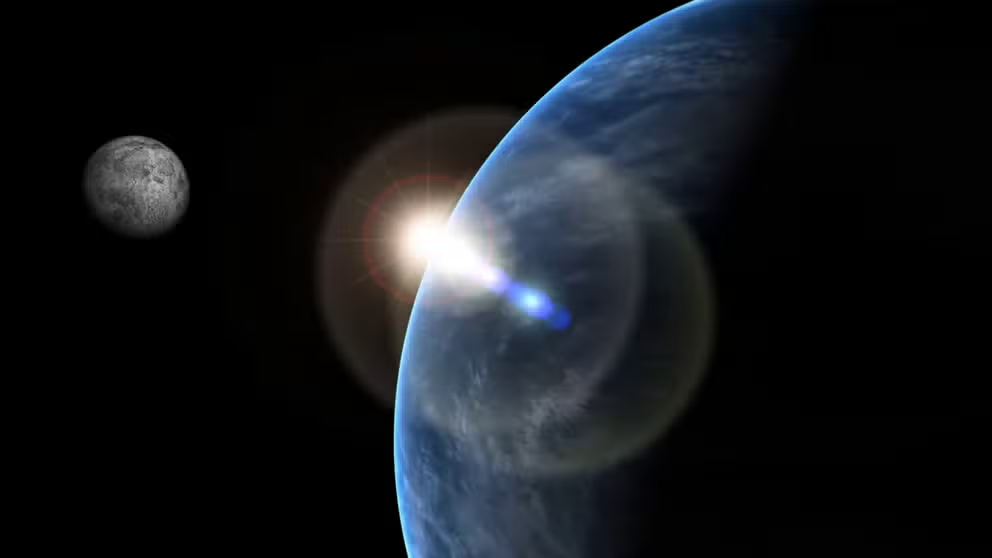See the next vehicle astronauts could drive on the Moon
NASA intends to use the Moon rover year-round, whether or not there are astronauts on the lunar surface. The last lunar vehicle to be used on the Moon happened during the Apollo 17 mission in 1972.
First look at NASA's lunar terrain vehicle for future Artemis missions
NASA announced Wednesday the selection of three commercial companies that will help advance the agency’s Artemis program. The space agency said it intends to start using the lunar terrain vehicle during the Artemis V mission, which could blast off as early as 2030.
HOUSTON - NASA announced it has awarded three private space companies a contract to compete in the design of a new lunar terrain vehicle that could ferry astronauts around the Moon.
Intuitive Machines, Venturi Astrolab and Lunar Outpost will all compete in the design and construction of the vehicle, which is expected to be in operation by the Artemis V mission in 2030.
The LTV will be utilized by Artemis astronauts to conduct scientific research and prepare for future missions to Mars.
"We look forward to the development of the Artemis generation lunar exploration vehicle to help us advance what we learn at the Moon," Vanessa Wyche, director of NASA’s Johnson Space Center in Houston, said in a statement. "This vehicle will greatly increase our astronauts’ ability to explore and conduct science on the lunar surface while also serving as a science platform between crewed missions."
SEE THE OBJECTS HUMANS LEFT BEHIND ON THE MOON
The last lunar vehicle to be used on the Moon was during the Apollo 17 mission in 1972 and was often referred to as the "Moon buggy."
NASA astronauts Harrison Schmitt and Eugene Cernan collected around 243 pounds of soil and rocks with the help of the LTV, which is still sitting on the lunar surface.
Similar to the lunar buggy, the vehicle will be an open-air concept that renderings show will have seating for two astronauts and needed equipment.
The development and operation of the vehicle won’t come cheap - the space agency estimates that contracts through 2039 could reach $4.6 billion.
"We will use the LTV to travel to locations we might not otherwise be able to reach on foot, increasing our ability to explore and make new scientific discoveries," Jacob Bleacher, chief exploration scientist in the Exploration Systems Development Mission Directorate at NASA, stated. "With the Artemis crewed missions, and during remote operations when there is not a crew on the surface, we are enabling science and discovery on the Moon year around."

Artist concept design of NASA’s Lunar Terrain Vehicle
(NASA)
ODYSSEUS MOON LANDER CONTINUES TO SEND BACK PHOTOS SHOWING UNEXPLORED REGION NEAR LUNAR SOUTH POLE
NASA is also in the final design stages of its Lunar Gateway, a space station that is expected to orbit near the Moon.
The future space station is expected to be in operation by 2028, with modules possibly being launched into orbit as early as 2025.
The multi-nation effort will provide astronauts with a place to work, stage for future missions and conduct spacewalks.
The first mission to use the Lunar Gateway is expected to be Artemis IV, which will also send a crew of two to the Moon.
See what's new in the journey to reach the Moon
What's next for exploration of Earth's only natural satellite.




